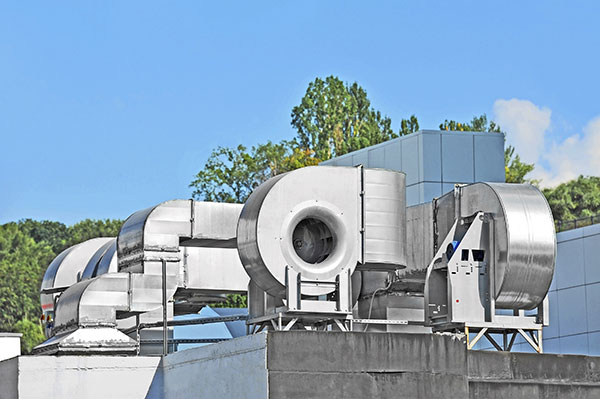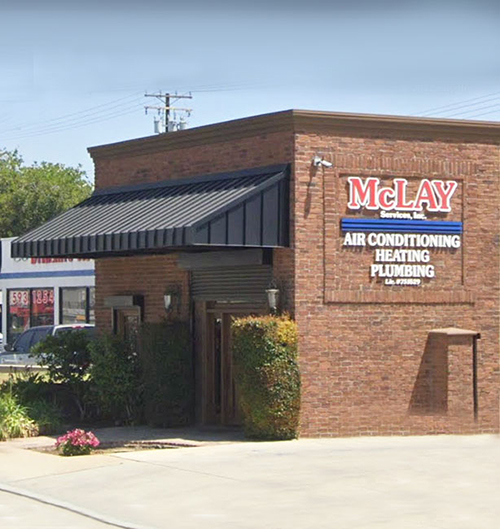Most scientists and environmental experts believe that greenhouse gases are responsible for depletion of the ozone layers. It’s a well-known fact that all heating and air conditioning systems release the harmful substances into the atmosphere. This applies for all equipment types, from central cooling unites to portable air conditioning units and window-mounted air conditioners.
What is the Ozone Layer?
Located in the upper atmosphere, the ozone layer is responsible for safeguarding the earth from harmful ultra-violet radiation from the sun. As this layer continues to deplete, more radiation seeps through. This consequently leads to a rise in the earth’s atmospheric temperature. The effect is referred to as global warming.
To reduce the detrimental effect of greenhouse gases on the ozone layers, authorities have initiated policies that mandate production of better equipment. Manufacturers are instructed to ensure that their devices are more energy efficient. Newer devices are also required to have a minimal environmental impact.
Do HVAC Systems Emit Greenhouse Gases?
An AC system is comprised of an electrical pump and a network of coils that transfer air between the exterior of a building and the indoors. Warm air is moved outside by the condenser while cool air is released indoors using an evaporator. A refrigerant constantly moves through the system while transforming its state from gas to liquid and vice versa. This refrigerant is what facilitates air movement, and is one source of the harmful greenhouse gases.
Previously, air conditioners used a liquid refrigerant whose components included chlorofluorocarbons, known as CFCs in short. These were found to contribute towards the depletion of the ozone layer. With time, AC manufacturers began to use halogenated chlorofluorocarbons (HCFCs). These have a lesser impact on the ozone layer, though they still cause harm. As a result, HCFC production is scheduled to be phased out by the year 2030.
To contribute towards environmental conservation, all consumers are encouraged to purchase better systems that are certified to be energy efficient. The government runs various programs which set energy efficiency standards and certify all new HVAC models. Such ACs use about 10% less energy, which helps save the environment and also saves homeowners money on energy bills. Other steps to improve efficiency include improving insulation and sealing ductwork to reduce heat losses. Follow us for more articles that will keep your heating and cooling systems running efficiently.



